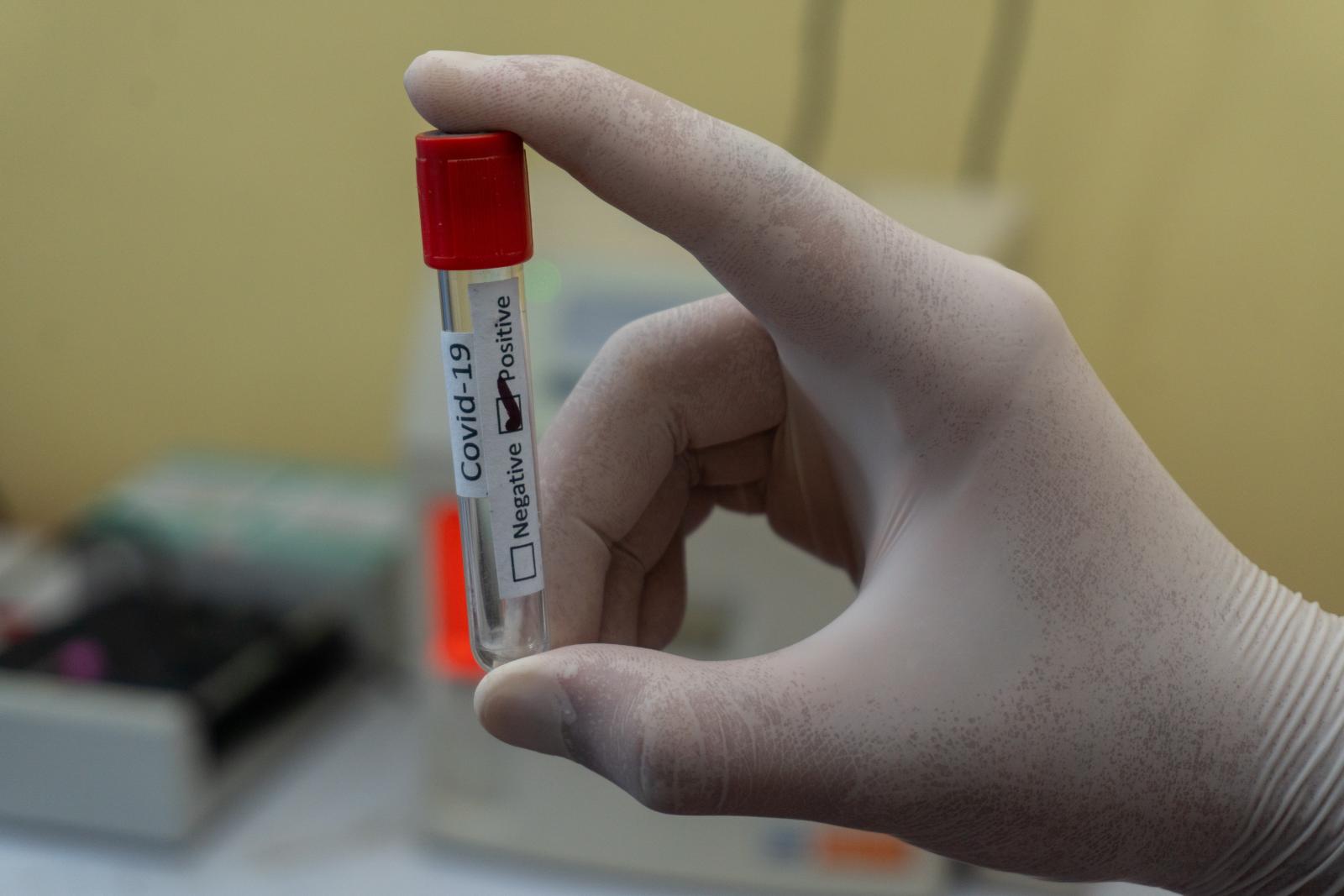

 People can meet science even in unusual or inedited way. Science Ink, the last Carl Zimmer’s book is one of this case. After many book, articles e blog posts, the finest science essayist – as the New York Times Book Review – makes possible the meeting between science and body art, with a collection of tattoo images catching several scientific field, from mathematic to neuroscience and evolutionary biology - one of the case study the author often wrote about. Atomic models, carbon cicle, math formulas, space mission, neurons, are some of the tatoos capured in this photographic collection. Science Ink is an elegant and amazing book, we discuss with Carl Zimmer about it:
People can meet science even in unusual or inedited way. Science Ink, the last Carl Zimmer’s book is one of this case. After many book, articles e blog posts, the finest science essayist – as the New York Times Book Review – makes possible the meeting between science and body art, with a collection of tattoo images catching several scientific field, from mathematic to neuroscience and evolutionary biology - one of the case study the author often wrote about. Atomic models, carbon cicle, math formulas, space mission, neurons, are some of the tatoos capured in this photographic collection. Science Ink is an elegant and amazing book, we discuss with Carl Zimmer about it:
“It began as a question, than it turned into an obsession” – It is possible, now, to describe the science ink and its application in some specific way?
 I've come to realize that tattoos are an important way for some scientists to make visible their passions for understanding the world.
I've come to realize that tattoos are an important way for some scientists to make visible their passions for understanding the world.
In your book there are hundreds of amazing pictures that show the tribute of those tattoo to the natural science: is there a particular selection criteria in choosing them?
I have received a huge variety of images, some from scientists and some from non-scientists. For Science Ink, I selected pictures that combined beautiful images with intriguing science. It was important to me to be able to tell the stories behind the pictures, and some tattoos lend themselves better to story-telling than others.
 As a science writer, you have often wrote about life science. In your opinion it is still pressing to talk about evolution, for example?
As a science writer, you have often wrote about life science. In your opinion it is still pressing to talk about evolution, for example?
Evolution is the framework that within which biologists can make sense of why life is the way it is, and scientists are constantly making astonishing advances in understanding it. For the past twenty years, writing about advances in evolution has been a continual privilege and delight.
In the book, a strong interaction between human being and the science culture can be seen, through the instict we have for the nature: can we look at this work as an innovative instrument for the science communication?
 It's important not to fall into a mindless routine in presenting science to the public. There are always new ways of doing so, and it only takes creativity--or, in my case, some luck--to discover those ways. I've experienced wonderful representations of science in radio shows, comic books, Internet games, and even dance performances. A book about tattoos is yet
another way to reveal science, and one that may take many people by surprise.
It's important not to fall into a mindless routine in presenting science to the public. There are always new ways of doing so, and it only takes creativity--or, in my case, some luck--to discover those ways. I've experienced wonderful representations of science in radio shows, comic books, Internet games, and even dance performances. A book about tattoos is yet
another way to reveal science, and one that may take many people by surprise.
Art and Science: how much thin is the line between theme?
I see considerable overlap between art and science. Scientists depend on visualizations to think about data and theories, and graphical representations of their work are usually the most effective ways of communicating it to other scientists. Many artists draw on the work of scientists for their own work, and use all sorts of technology to create it. I also see an intersection in the ways of thinking. Artists may have a reputation for being impulsive and intuitive, but the artists I know are also very systematic in the work they do to bring their vision to life. Many scientists, on the other hand, have a spark of artistry within them. Creative flashes of insight can lead them to theories that no one has thought of before, or new experiments to test those theories.
I also see an intersection in the ways of thinking. Artists may have a reputation for being impulsive and intuitive, but the artists I know are also very systematic in the work they do to bring their vision to life. Many scientists, on the other hand, have a spark of artistry within them. Creative flashes of insight can lead them to theories that no one has thought of before, or new experiments to test those theories.
There is some italian tour/events scheduled to present the book?
If someone in Italy wants to invite me, I would be delighted to come! I took my first trip to Italy a few years ago to speak at the Rome Science Festival, and my family and I had a wonderful time.
Zimmer C. Science Ink: Tatoos of the Science Obsessed. Sterling Publishing, 2011.


